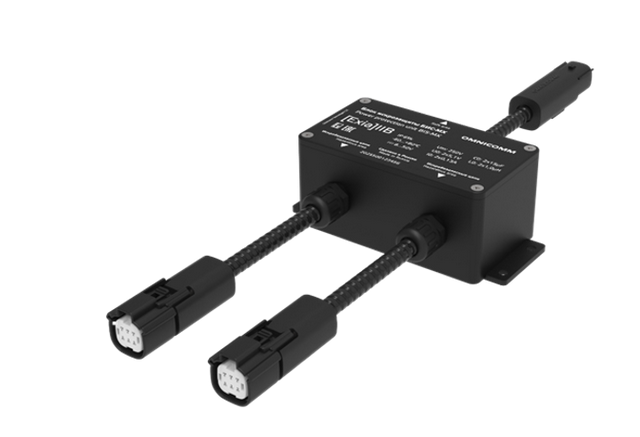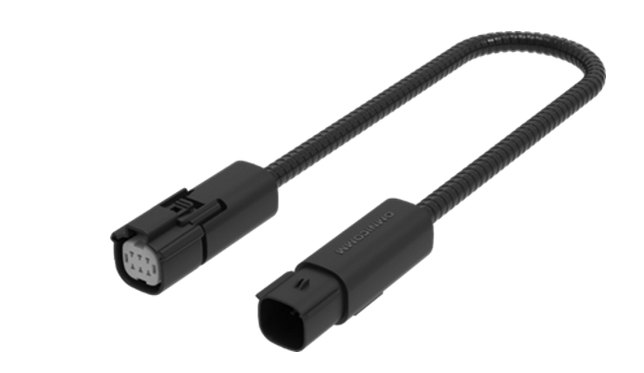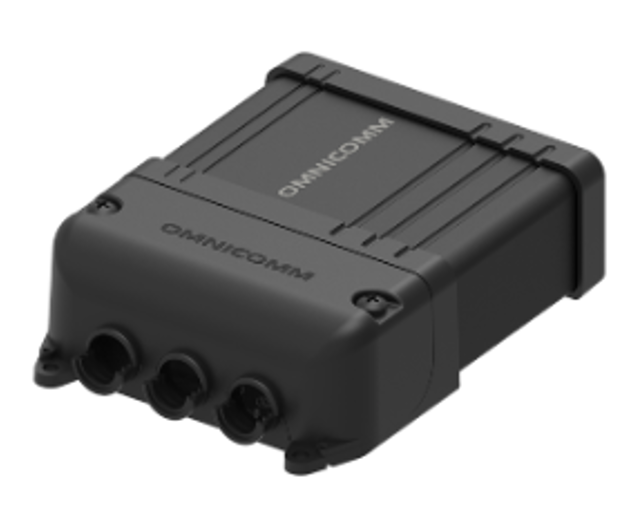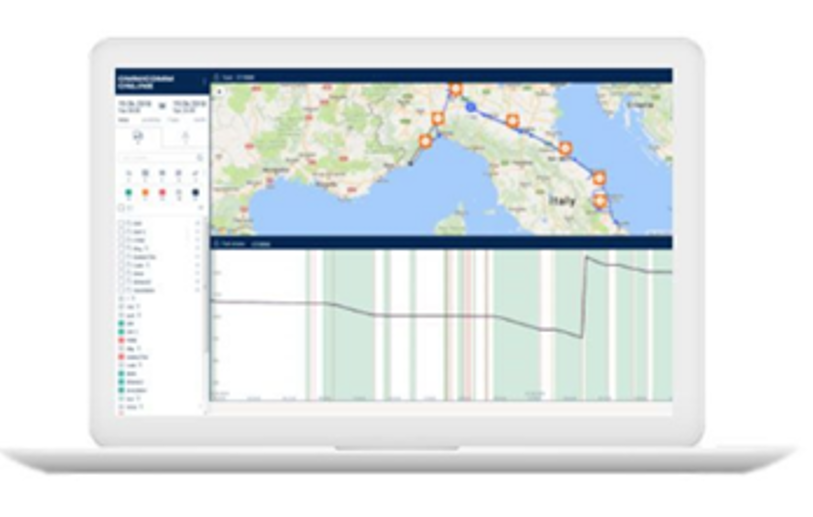Gas Station Monitoring
A solution for petrol stations can include at least explosion-protected LLS-Ex 5 sensors installed in the tanks, a GPS tracker and a monitoring platform. In addition, an ICON display, an end switches for access control, etc. can be optionally available.
The table below provides a comprehensive list of the equipment typically employed in gas station monitoring systems, including their specifications and roles within the overall setup.
 | OMNICOMM LLS-Ex 5 is the explosion-proof variant of the OMNICOMM LLS 5, designed for use in large tanks and facilities with stringent safety requirements — such as fuel storage depots, gas stations, and bowsers. This device must always be operated in conjunction with the BIS-MX power protection unit, installed in a safe zone. Certified by ATEX, the LLS-Ex 5 is approved for use in hazardous environments where flammable substances pose an explosion risk. Its robust design ensures compliance with safety standards across multiple industries, safeguarding both personnel and infrastructure. See more details in the user manual: link |
|
 | BIS-MX intrinsic safety unit is designed to protect circuits when exposed to a voltage of up to 250 V. LLS-Ex 5 fuel level sensor is located in a hazardous area, and BIS-MX should be located in the explosion safe area. See more details in the user manual: link |
|
 | KTZ-MX is the extension cable, with options 15 and 20 meters, to connect LLS-Ex 5 (located in hazardous area) to BIS-MX (located in the safe zone) | |
 | OMNICOMM Profi Wi-Fi is an IP54 rating GPS-tracker that ensures stable data transmission in remote and challenging locations without cellular coverage. By using Wi-Fi for data transfer, the tracker enables effective monitoring even in areas where traditional communication methods fail. This solution is ideal for agricultural, construction, and mining industries, ensuring continuous tracking and reliable operation in the absence of cellular networks. The OMNICOMM Profi Wi-Fi tracker enhances fleet control in the most challenging environments. Combined with the OMNICOMM Online platform, it provides reliable connectivity and accuracy, improving fleet management and reducing the risk of losing control over assets. See more details in the user manual: link |
|
 | OMNICOMM Online is a cloud platform that provides users with the best fuel analytics tools and operational insights into monitored facilities. The platform delivers a complete picture of fuel costs and fuel consumption across vehicles. See more details in the user manual: link |
|
 | OMNICOMM ICON is a modern multifunctional display designed to show key vehicle performance parameters in real time. ICON provides drivers with timely and clear information, improving control over fuel consumption, speed, engine operating modes, and other critical indicators. The display integrates with the vehicle monitoring system, optimizing equipment use and enhancing safety. ICON is used together with OMNICOMM GPS trackers and/or up to 4 LLS digital fuel level sensors and reads the data through the RS-485 digital interface. ICON helps transport and logistics companies monitor vehicle operation, reduce fuel costs, and prevent emergencies. See more details in the user manual: link |
|
To fully leverage the capabilities of the Omnicomm Online platform, it's essential to understand the various reports available. These reports provide comprehensive insights into fuel levels, equipment performance, and operational efficiency, enabling proactive decision-making and effective management of gas station operations.
List of useful reports in Omnicomm Online
| Category | Reports |
|---|---|
| Fuel | Fuel Volume, Refueling and Draining, Fuel Dispensing, Fuel Balance, MultiTank |
| Cartographic | - |
| Movement | - |
| Statistics | Statistics, Summary Report |
| Operation | Voltage, Auxiliary Equipment Operation, Operation for the Period, Load for the Period |
| Events and Violations | - |
| Analytical | Executive’s Desktop |
| Other | Current State, Log |
For a successful implementation of the gas station monitoring solution, selecting the appropriate equipment and understanding its specifications is crucial. The following example outlines a typical configuration, detailing the components involved and their respective technical parameters to ensure optimal performance and compliance with safety standards.
Specification example
| Unit | Qty |
|---|---|
| Fuel Level Sensor LLS-Ex 5 - 2000mm | 2 |
| BIS-MX spark protection unit | 1 |
| Extension cable KTZ-MX 20 | 1 |
| Extension cable KTZ-MX 15 | 1 |
| GPS-tracker Profi 3.0 Wi-Fi / Teltonika FMC650 / … | 1 |
| Omnicomm Online service license | 1 |
| Options | |
| Omnicomm ICON display | 1 |
| End-position sensors [3PP] | 2 |


